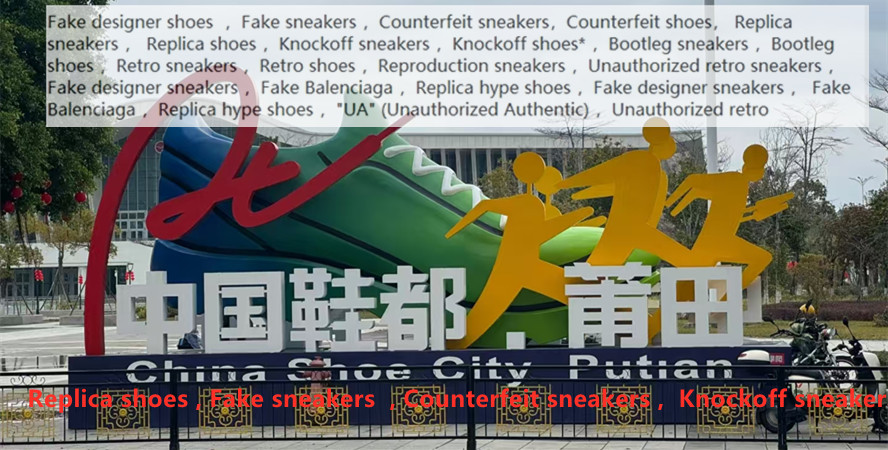Retro shoesTitle: "Top-Notch Quality: Fake Shoes at Company Grade"仿品鞋公司级
Retro shoesTitle: "Top-Notch Quality: Fake Shoes at Company Grade",

**Company-Level Fake Shoes: An Examination of the Phenomenon**
Introduction
In today's fast-paced fashion industry, the existence of company-level fake shoes has become an increasingly prevalent and complex issue. These仿品鞋,as they are commonly known, offer a complex mix of challenges and considerations for all stakeholders involved in the footwear supply chain.
The Rise of Company-Level Fake Shoes
Company-level fake shoes represent a significant segment of the footwear market, often produced with high levels of attention to detail and quality control. These fakes are not just copies; they often imitate the design, materials, and even manufacturing processes of genuine premium brands. Their emergence can be attributed to several factors:
- Consumer Demand: With the growth of social media and influencer culture, many consumers are influenced by the latest fashion trends. Some turn to affordable alternatives in the form of company-level fakes.
- Profit Margins: The high costs of producing genuine luxury footwear create an opportunity for manufacturers to offer lower-cost alternatives with similar aesthetics. This often leads to a lucrative market for companies producing fakes.
- Unmet Supply: In some cases, the demand for certain styles or designs exceeds the supply from legitimate sources, creating a void that company-level fakes often fill.
The rise of these company-level fakes has sparked debates about ethics, legality, and the implications for both brand owners and consumers.
Impact on Stakeholders
For brand owners, the proliferation of company-level fake shoes poses a direct threat to their intellectual property and can erode brand value. It can also affect their reputation and customer trust, as consumers might be deceived into buying fakes instead of genuine products.
For manufacturers and suppliers, the existence of these fakes can create a competitive challenge, as consumers might opt for the lower-cost alternatives. It can also affect their production strategies and profit margins.
For consumers, buying company-level fake shoes can be a complex decision. While they offer an affordable alternative, there are often quality issues and risks associated with buying fakes.
Conclusion
The phenomenon of company-level fake shoes is an intricate part of the fashion industry's landscape. It poses challenges for all stakeholders involved, from brand owners to consumers. As the market continues to evolve, it is crucial to consider the ethical, legal, and practical implications of this trend.
The need for transparency in product origin and quality is paramount. Consumers must be informed about the risks associated with buying fakes, while brand owners must take proactive measures to protect their intellectual property and ensure brand integrity.

- Fake Balenciaga"Sell Futian Shoes Stock Source - Quality Wholesale Supply"
- Fake sneakersIs It Safe to Buy Shoes from Putian?
- Replica shoesPumian Shoes are Also Pricey: A Look into the Costly Comfort
- Retro shoes"Where to Buy Original Putian Shoes in Full Collection"
- "UA" (Unauthorized Authentic)Title for the topic "Why are there significant price differences in Putian shoes?"
- Counterfeit sneakersPutian Shoes Shipping Address is Xiamen 这个标题简洁明了,准确地反映了莆田鞋的发货地址是厦门这一主题。
- Bootleg shoesWhere to Buy Quality Putian Shoes?
- Knockoff sneakersPuyutian Shoes: Which Is Best? Top Taobao Shop Review

